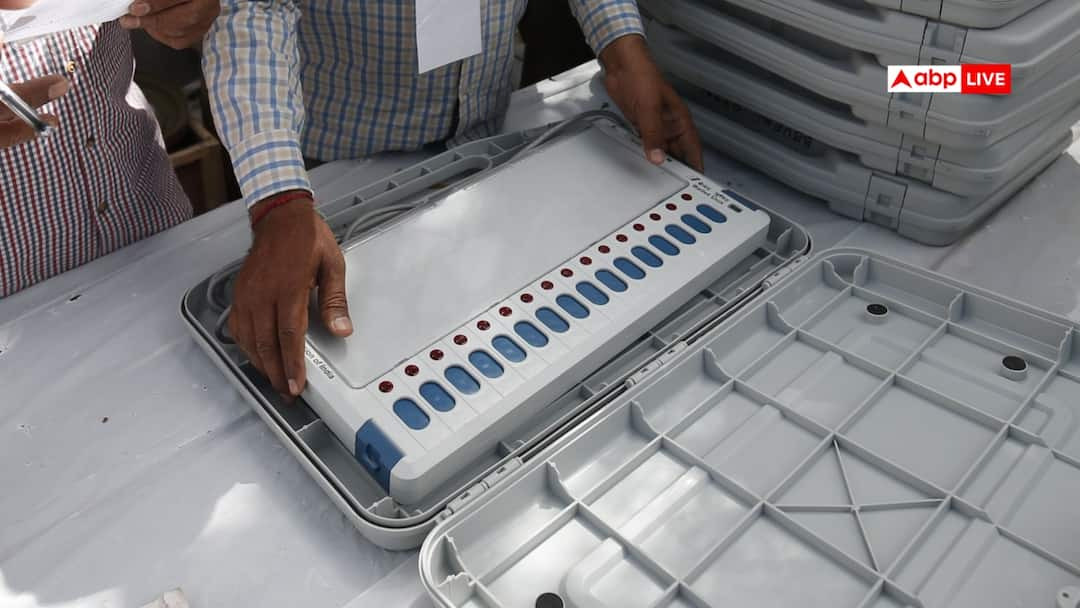As the first phase of voting for the 2025 Bihar Assembly Elections begins, more than 35 million voters are heading to polling booths to make their choice. But amid the excitement and political noise, one question often resurfaces: how secure are Electronic Voting Machines (EVMs)?
The Election Commission of India (ECI) has built a two-layered security framework for EVMs, one before polling begins and another after voting ends. This system, refined over decades, is designed to eliminate any chance of tampering and ensure the credibility of every vote cast.
Rigorous Testing Before Elections
Every EVM used in elections undergoes stringent technical checks well before voting day. The machines are manufactured by two government-owned companies, Bharat Electronics Limited (BEL) and the Electronics Corporation of India Limited (ECIL).
Before deployment, each machine is tested in the presence of representatives from political parties, ensuring complete transparency. If even a minor fault is detected, the machine is immediately sent back to the factory for rectification.
Once approved, the machines are placed in high-security storage rooms, where mobile phones, cameras, or any electronic devices are strictly prohibited. These storage areas are guarded by state police, while the Election Commission conducts mock polls on selected machines to verify their accuracy before polling begins.
Randomisation to Prevent Bias
To rule out any possibility of manipulation, the Election Commission follows a two-stage randomisation process. First, EVMs are randomly allotted at the assembly level, and then again at the polling station level. This double randomisation ensures that no one can predict which machine will go to which booth, effectively nullifying any chance of pre-poll tampering.
On the day of voting, a mock poll is conducted at each polling station before voting officially begins. This gives all contesting candidates an opportunity to confirm that the machines are working correctly.
Securing the Machines After Voting
Once polling ends, the security protocol only tightens. Every EVM is sealed in the presence of polling agents, who also sign the seals for record. The sealed machines are then handed over to central paramilitary forces, ensuring safe transit.
All EVMs are stored in strong rooms, high-security facilities equipped with 24×7 CCTV surveillance and uninterrupted power supply. Candidates’ representatives are also allowed to keep watch during this period, further strengthening transparency.
Before counting begins, officials meticulously verify the serial numbers and seals of each EVM to confirm that no tampering has occurred.
Why India’s EVMs Remain Unhackable
One of the strongest safeguards of India’s EVMs is their complete isolation from any network or the internet. These stand-alone machines cannot be connected remotely, making hacking virtually impossible. Each device also carries a unique identification number and is protected by a three-tier sealing mechanism, adding additional layers of security.
Through this meticulous, multi-stage process, the Election Commission has built a globally recognised model of electoral integrity. As millions of Biharis line up to cast their votes, they do so knowing that every click on the EVM counts, securely, transparently, and beyond manipulation.


